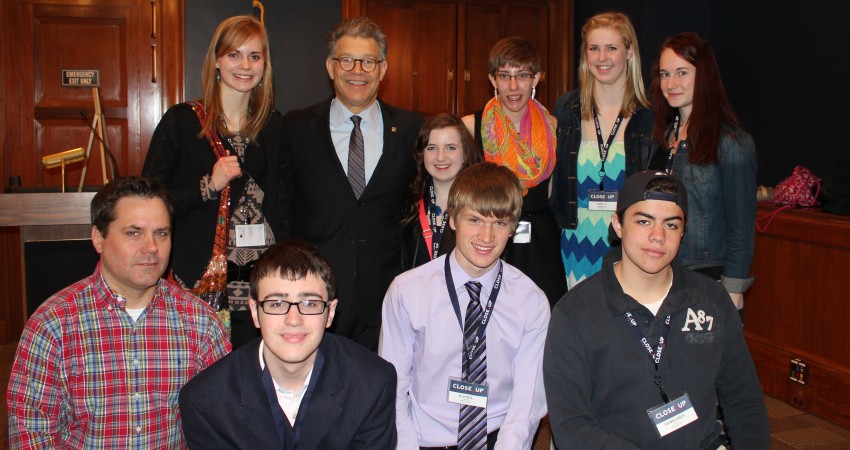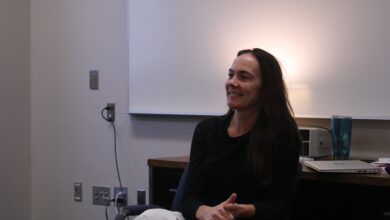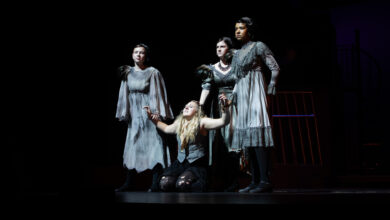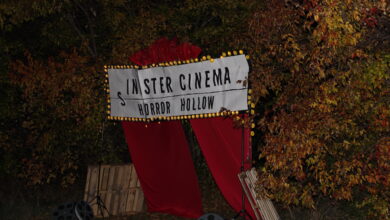Social Problems & Diversity Studies: Not Your Average Elective

Commonly, when choosing the elective courses a student will partake in, they’ll look for which course will offer the least amount of effort and lowest workload both in and outside of school. In some cases you can end up taking away a lot of useful knowledge away with these electives but a lot of the time this applies to more time consuming and rigorous courses.
Every once in awhile a course will come along that offers both a light workload and send kids home with practical and thoughtful information. Both of Mr. Manninens’ courses, Social Problems and Diversity Studies seem to offer students just that. But what is it that gives his elective classes these rare and valuable qualities?
General and required courses offer teachers guides to what needs to be taught to the students by the use of the state standards but elective courses are optional so it’s a lot tougher for teachers to decide just what makes it into the curriculum and what doesn’t make the cut.
I asked Mr. Manninen how he decides what he will teach throughout the term for both classes.
“I use the most recent college Sociology texts to guide me in creating the unit themes for the quarter in Social Problems and Diversity Studies. I feel that protects me from creating a biased curriculum around my interests.”
The classes cover some highly controversial topics that get students pretty worked up. Most of what his courses cover aren’t exactly dinner table conversations. In fact, they might just be the opposite. So what are the touchiest and how do you go about discussing them with 30 or so high schoolers?
“Sexuality, guns, profiling, and issues surrounding diversity- such as immigration and terrorism. I try to encourage students to separate emotion from logic and to rely on factual information. I feel that connecting topics to the Constitution when possible also helps guide productive conversations.”
As you can guess, a bunch of high school kids with tempers flaring isn’t the road of choice to go down for teachers. This makes the courses a bit tough to teach for any teacher, but Mr. Manninen seems to somehow do pretty good with a bunch of hot headed emotional teenagers with opinionated thoughts. How does he do it?
“I want to treat you all like adults and go to mature topics. I’ve had students opt out of class for sensitive topics. I acknowledge that we go to areas where most classes don’t in high school, but I do my best to approach each topic with sensitivity and in a manner that protects vulnerable students.”
As much as you treat high schoolers as adults, everyone knows that they won’t usually all act like adults. A few will sadly always act their age even in a class that covers such mature material. teachers of course can’t pick and choose who is in their classes and who isn’t but they can of course have their preference.
“I like a melting pot. Although, the wrong mix of students can be detrimental. If there are too many students who rely on being the loudest voice, or not willing to listen to other viewpoints, being disinterested, or if some are volatile- the classes go nowhere”




